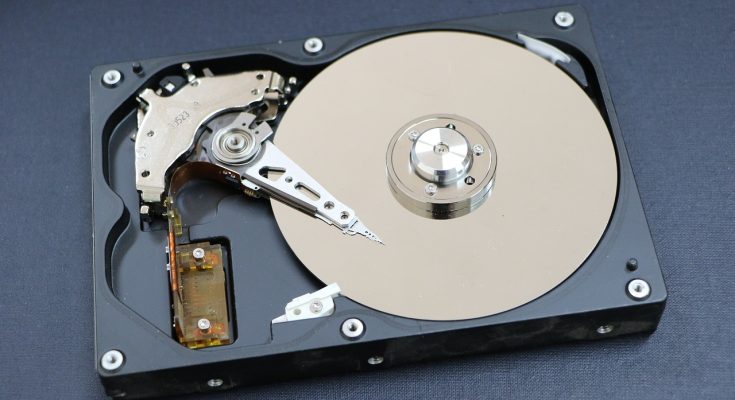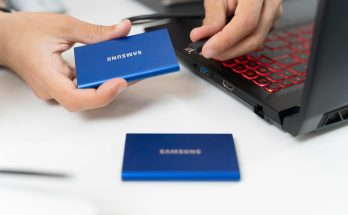When we talk about computers, hard drives are super important. They store our pictures, music, and files. If something goes wrong, like a head crash, we could lose everything.
So, how to protect your hard drive from head crashes? This article shares seven essential tips to keep your data safe.
Understanding Head Crashes
Before we dive into protection tips, let’s understand what a head crash is. A head crash happens when the read/write head of a hard drive touches the disk platter.
This can cause serious damage. It can lead to data loss. Knowing this can help you take better care of your hard drive.
1. Keep Your Hard Drive Cool
Heat is a hard drive’s enemy. High temperatures can cause damage over time. Make sure your computer has good ventilation.
- Use fans: Add extra fans to your setup.
- Avoid direct sunlight: Don’t place your computer in hot areas.
Keeping it cool helps prevent head crashes.
2. Handle with Care
Hard drives are fragile. Handle them gently. Here are some tips for proper handling:
- Don’t shake: Avoid moving your computer while it’s running.
- Use a soft surface: Always place your laptop or external drive on a soft surface.
Taking care while handling can greatly reduce the risk of a head crash.
3. Regular Backups
Regular backups are crucial. You never know when a crash might occur.
- Use cloud storage: Services like Google Drive or Dropbox keep your files safe.
- External drives: Back up your data on an external hard drive.
By backing up, you protect yourself against unexpected data loss.
4. Keep Your Software Updated
Software updates are not just for new features. They often fix bugs and improve performance.
- Update your operating system: Regularly check for updates.
- Update drivers: Make sure your hard drive drivers are up to date.
These updates can help prevent issues that lead to head crashes.
5. Use a Surge Protector
Power surges can damage your hard drive. A surge protector is a must. It can save your computer from sudden power spikes.
- Choose a good quality protector: Look for one with a warranty.
- Check the ratings: Ensure it can handle your devices’ needs.
Using a surge protector is an easy way to protect your hard drive.
6. Monitor Hard Drive Health
Keeping an eye on your hard drive’s health is important. There are tools available to help you do this.
- Use monitoring software: Programs like CrystalDiskInfo can show you the status of your drive.
- Check SMART data: Look for any warning signs in the drive’s SMART data.
By monitoring, you can catch potential issues before they lead to a head crash.
7. Avoid Overloading Your Drive
Hard drives have limits. Overloading can cause problems. Here are some tips to avoid this:
- Don’t fill it to the brim: Keep at least 15-20% of space free.
- Organize your files: Regularly delete unnecessary files.
Keeping your drive organized can help maintain its performance.
Conclusion
In summary, how to protect your hard drive from head crashes is a vital topic. By following these seven tips, you can keep your data safe and your hard drive healthy.
Remember to keep it cool, handle it carefully, back up your data, and monitor its health. These practices will go a long way in preventing head crashes and data loss.
FAQs
1. What is a head crash?
A head crash occurs when the read/write head of a hard drive touches the disk, causing damage.
2. How often should I back up my data?
It’s best to back up your data regularly, at least once a week or whenever you make significant changes.
3. Can I recover data after a head crash?
Yes, data recovery is possible, but it can be complicated and costly. It’s best to prevent head crashes through proper care.



